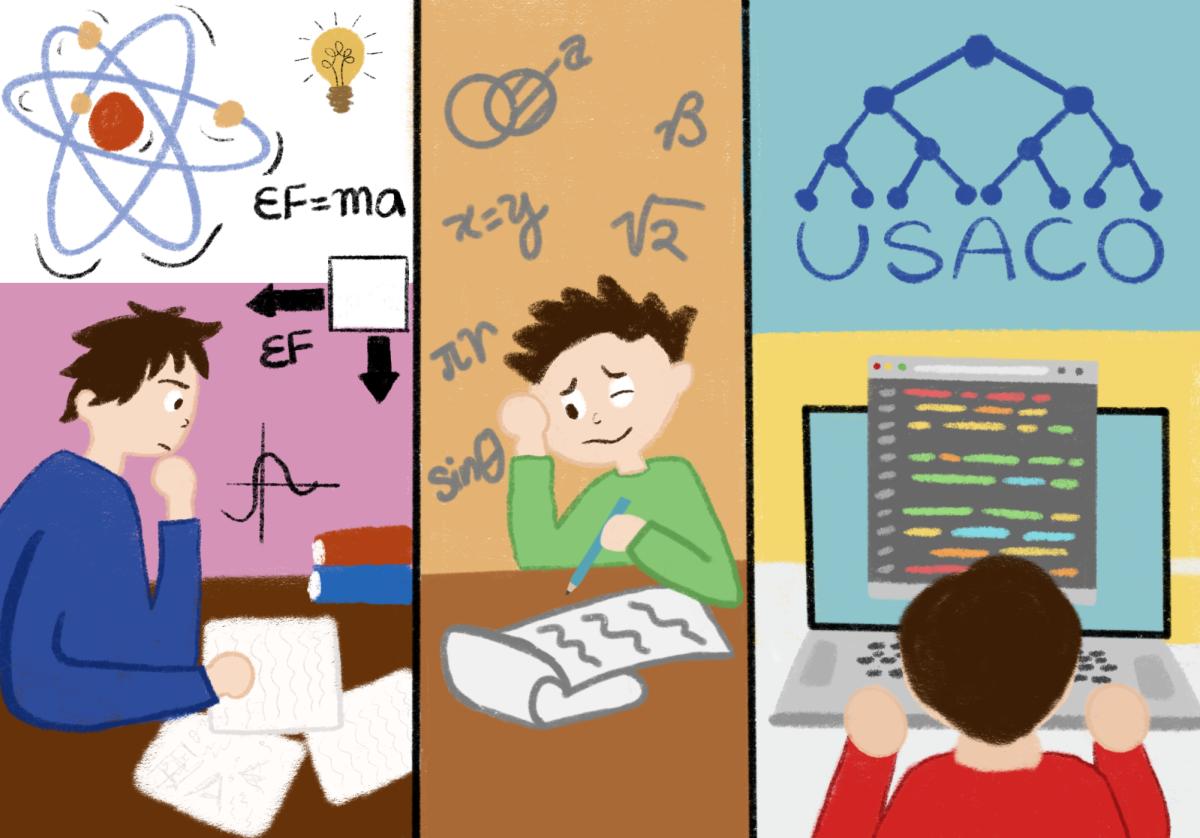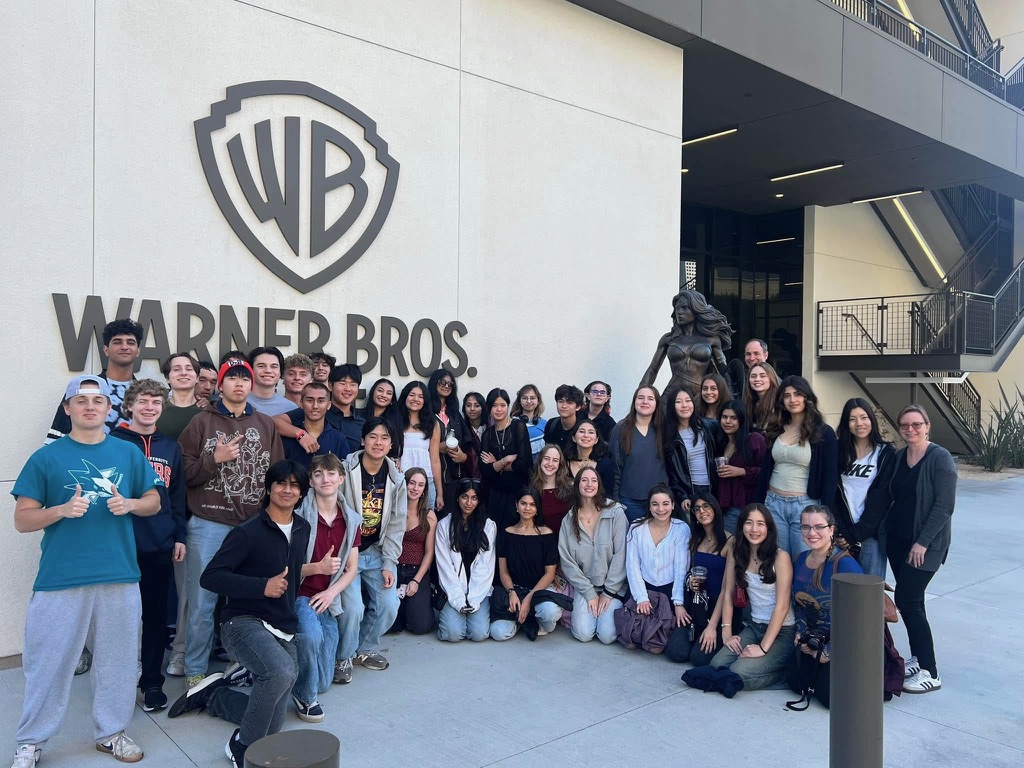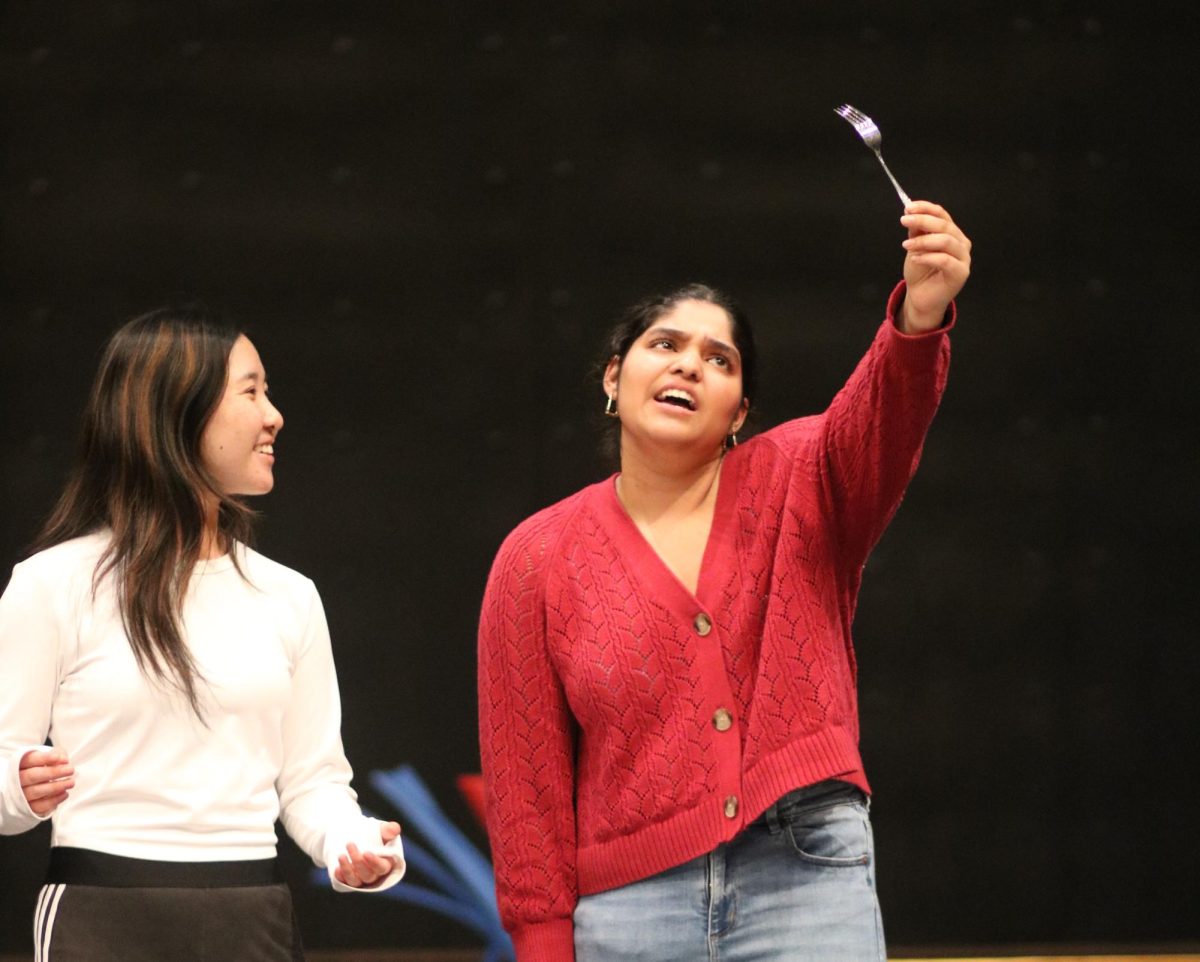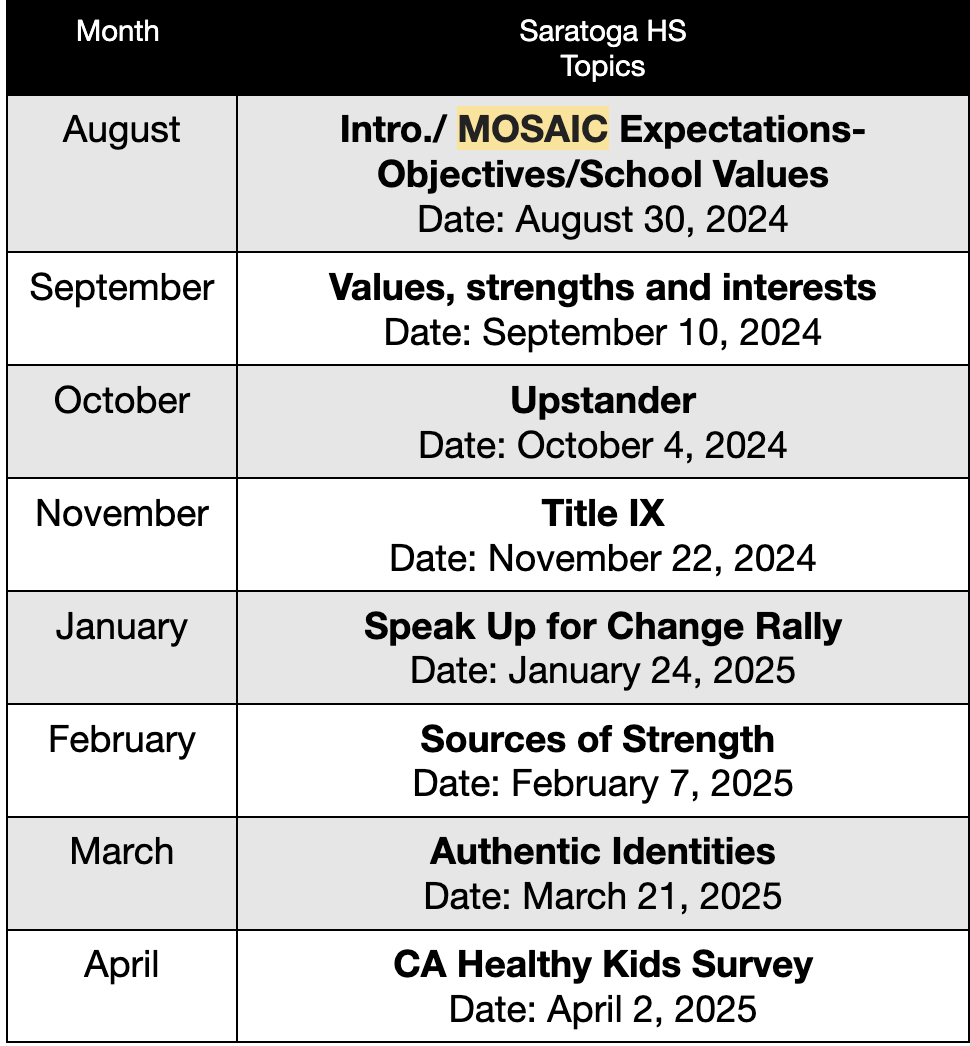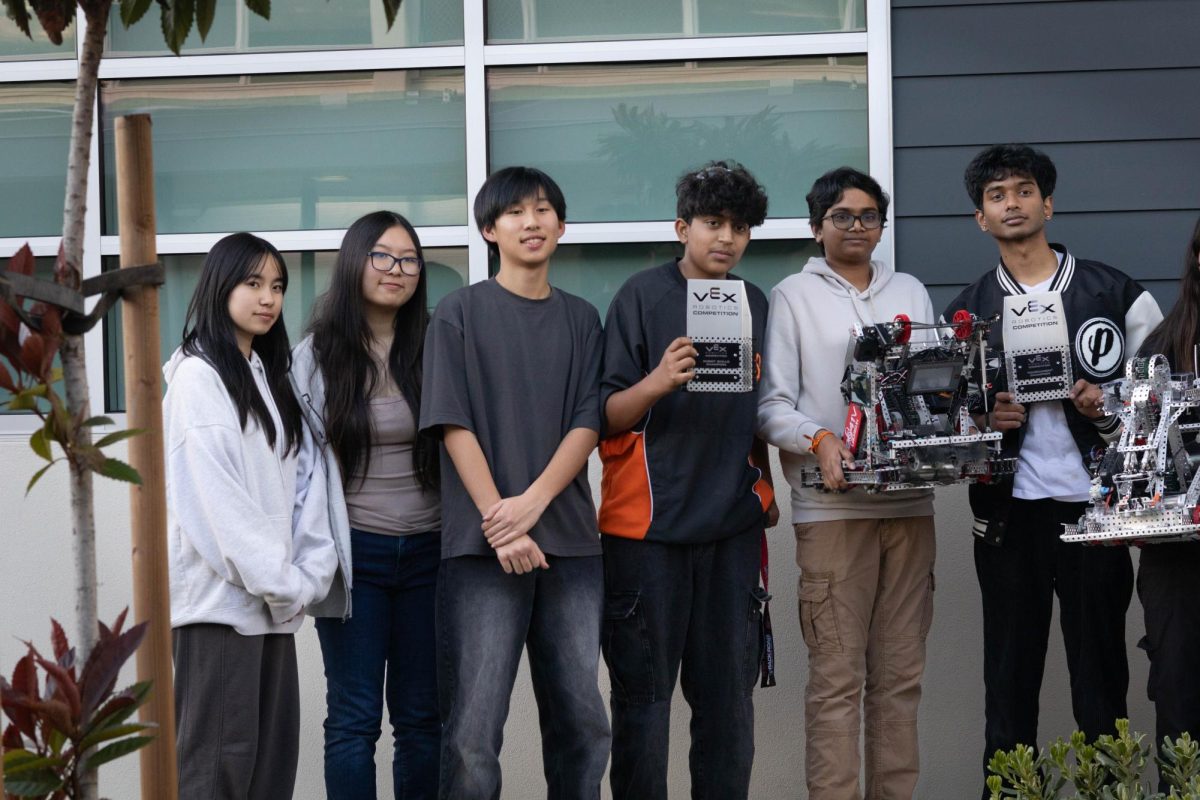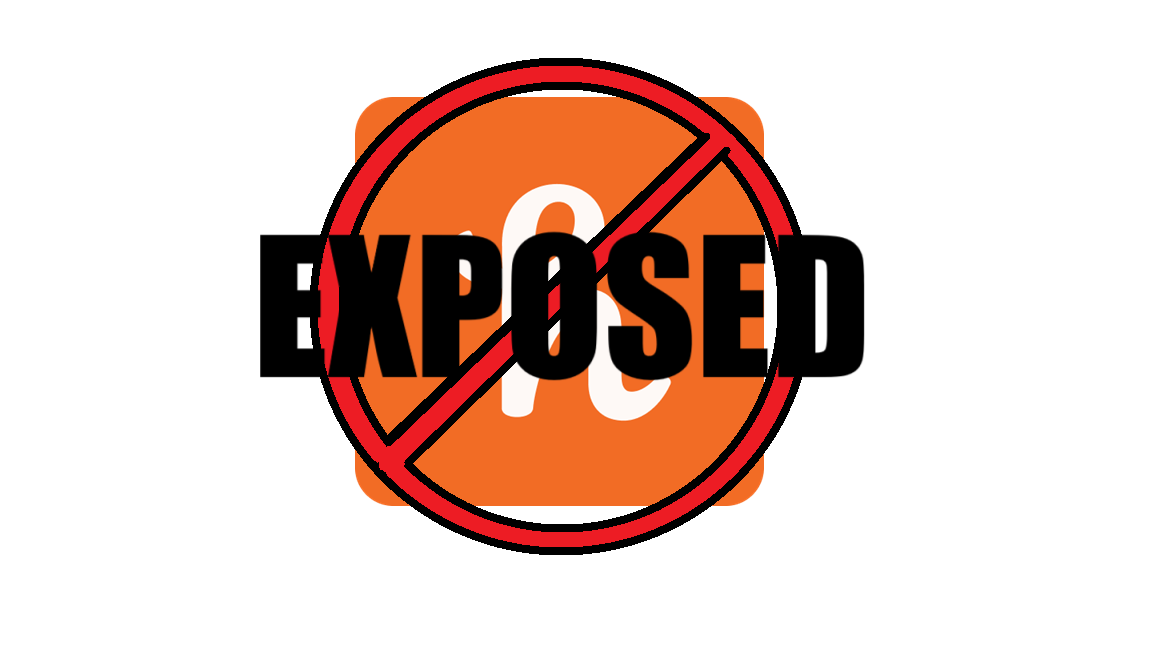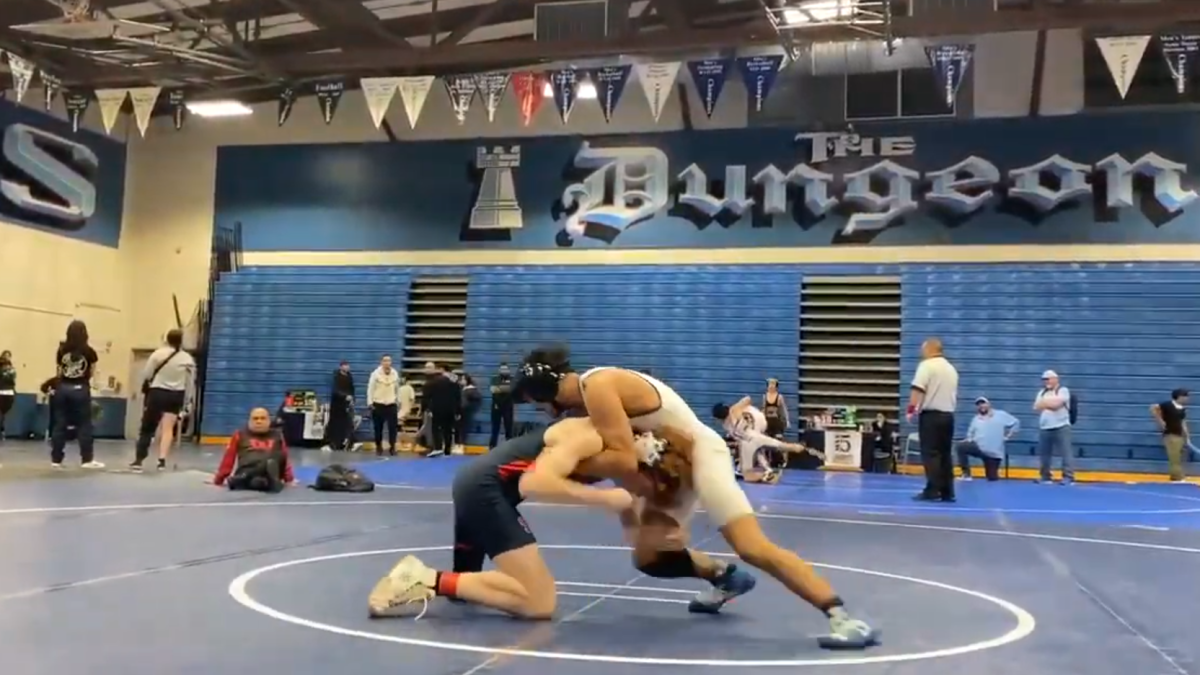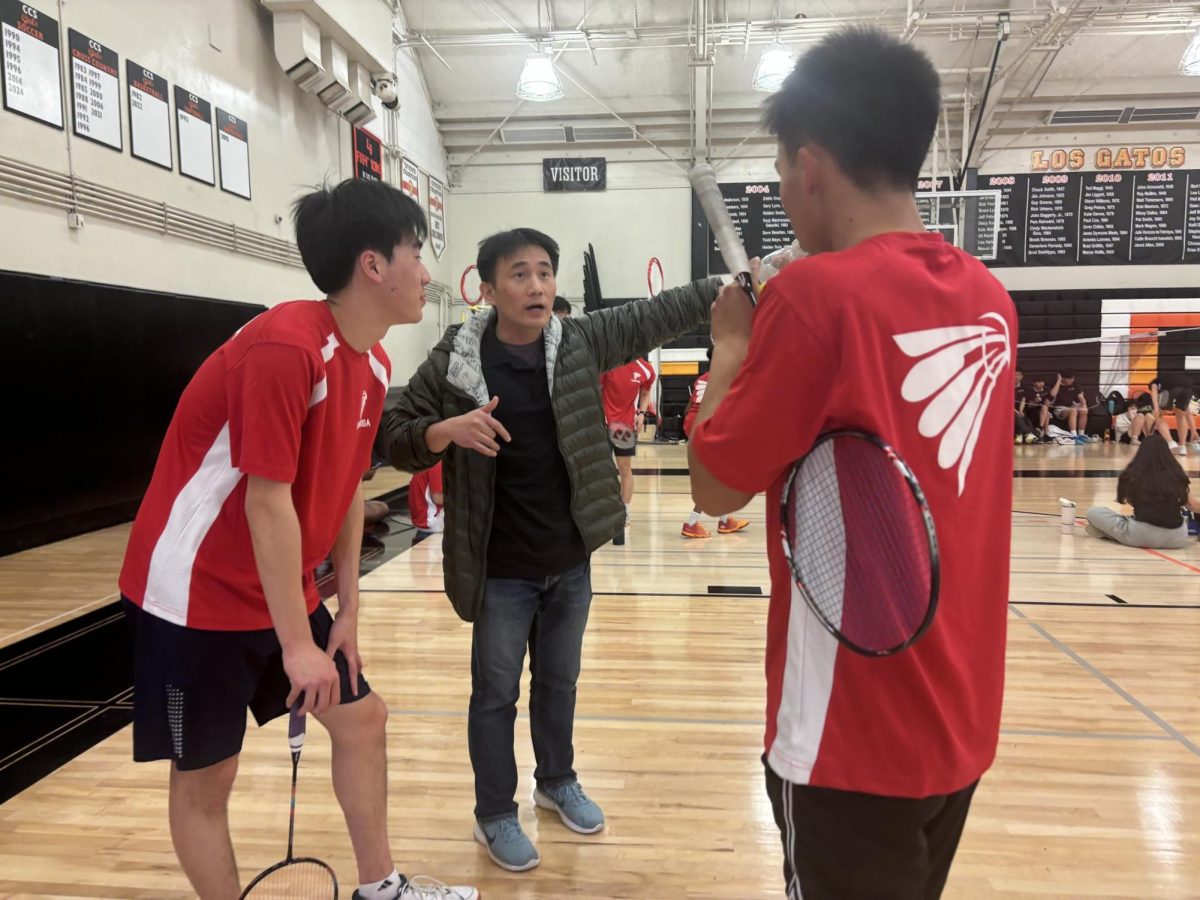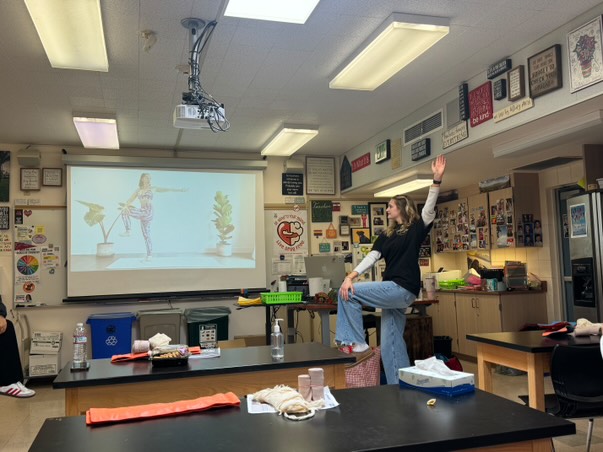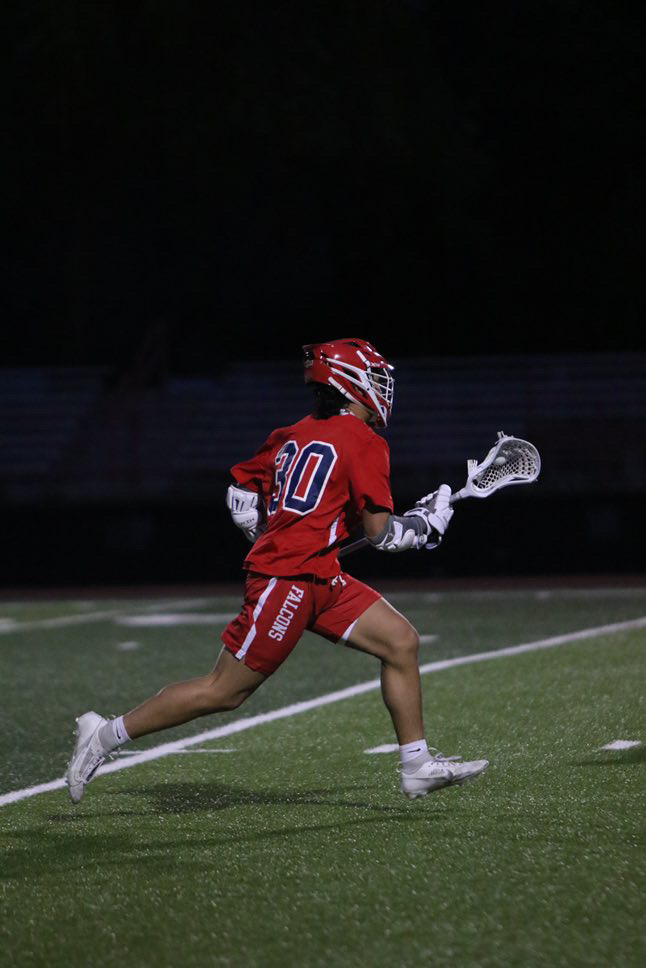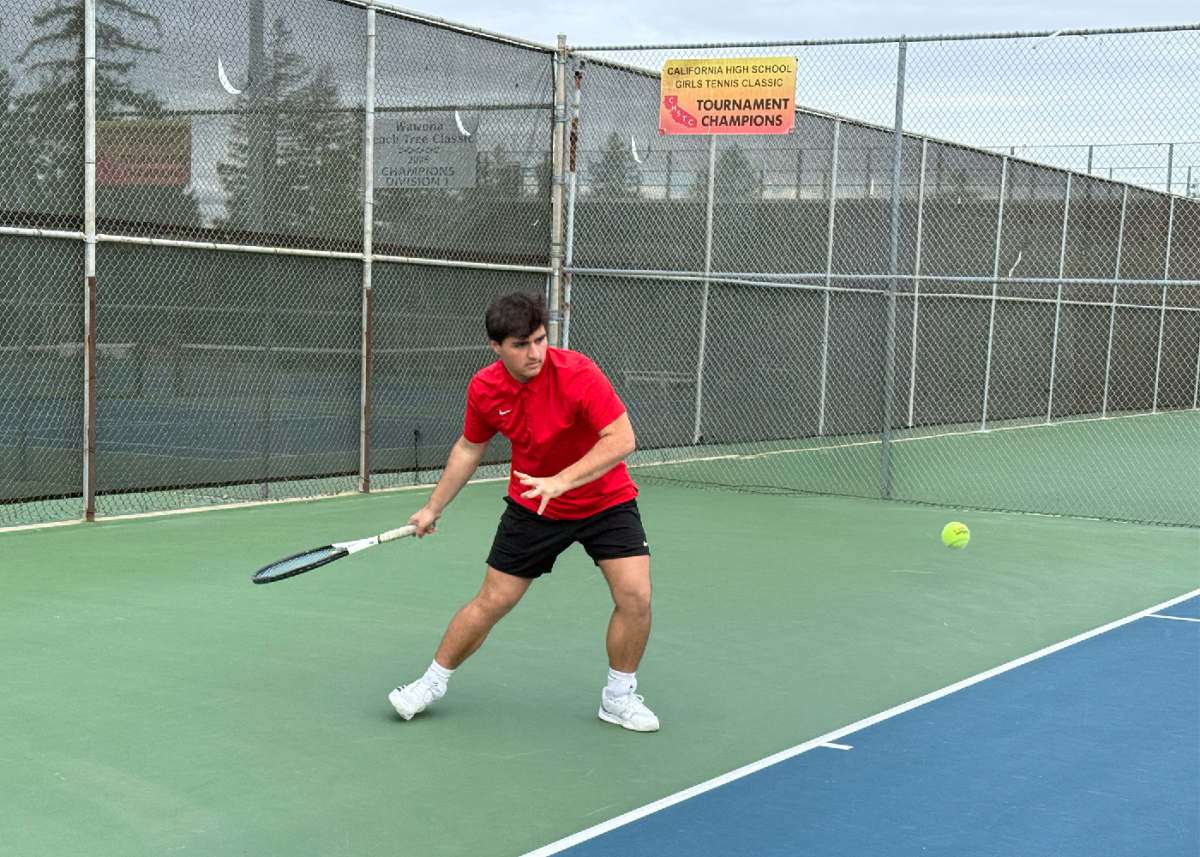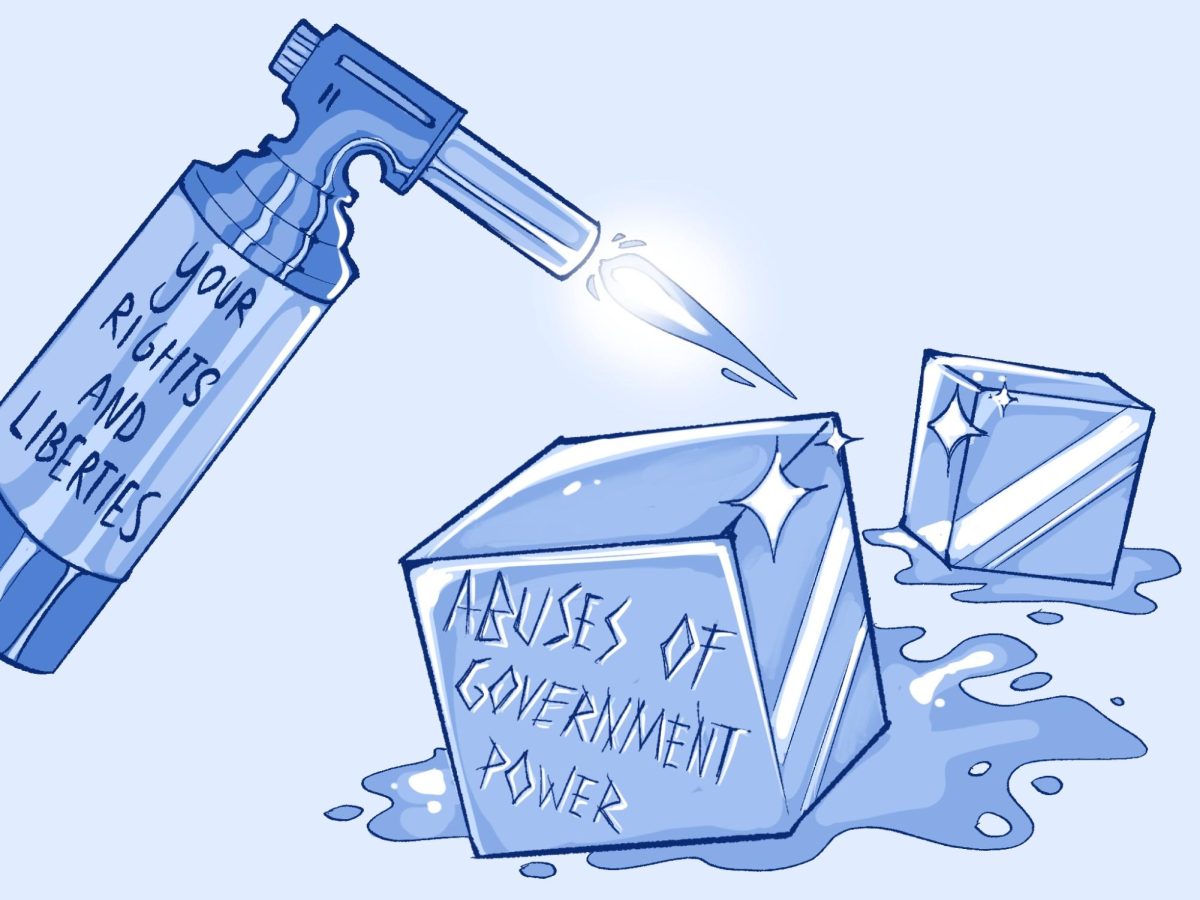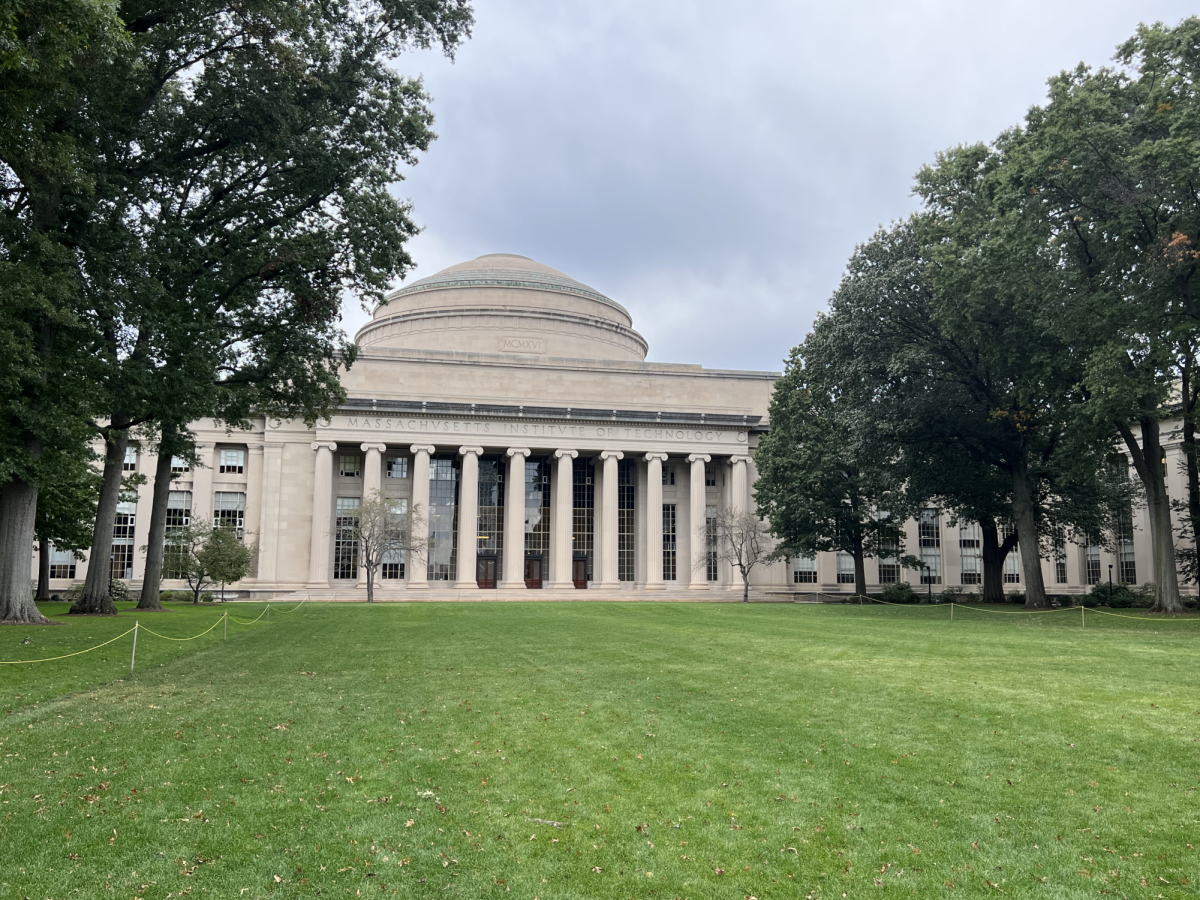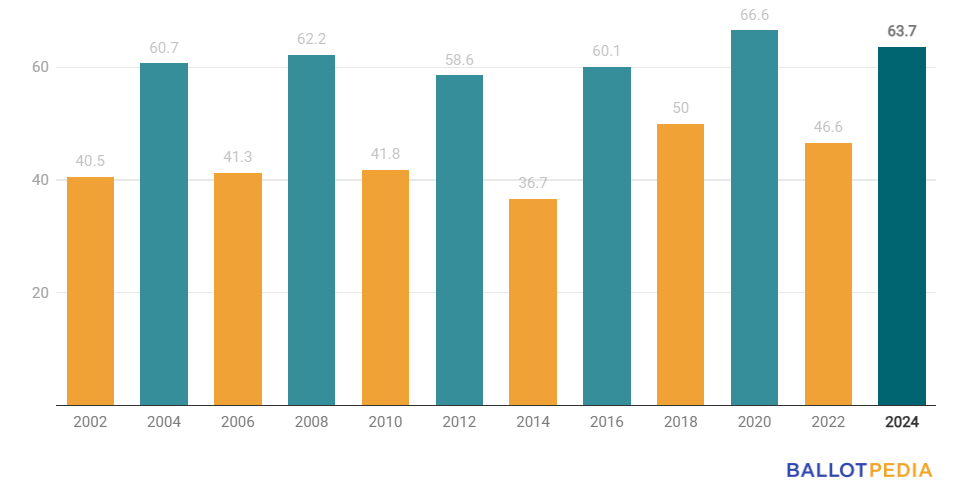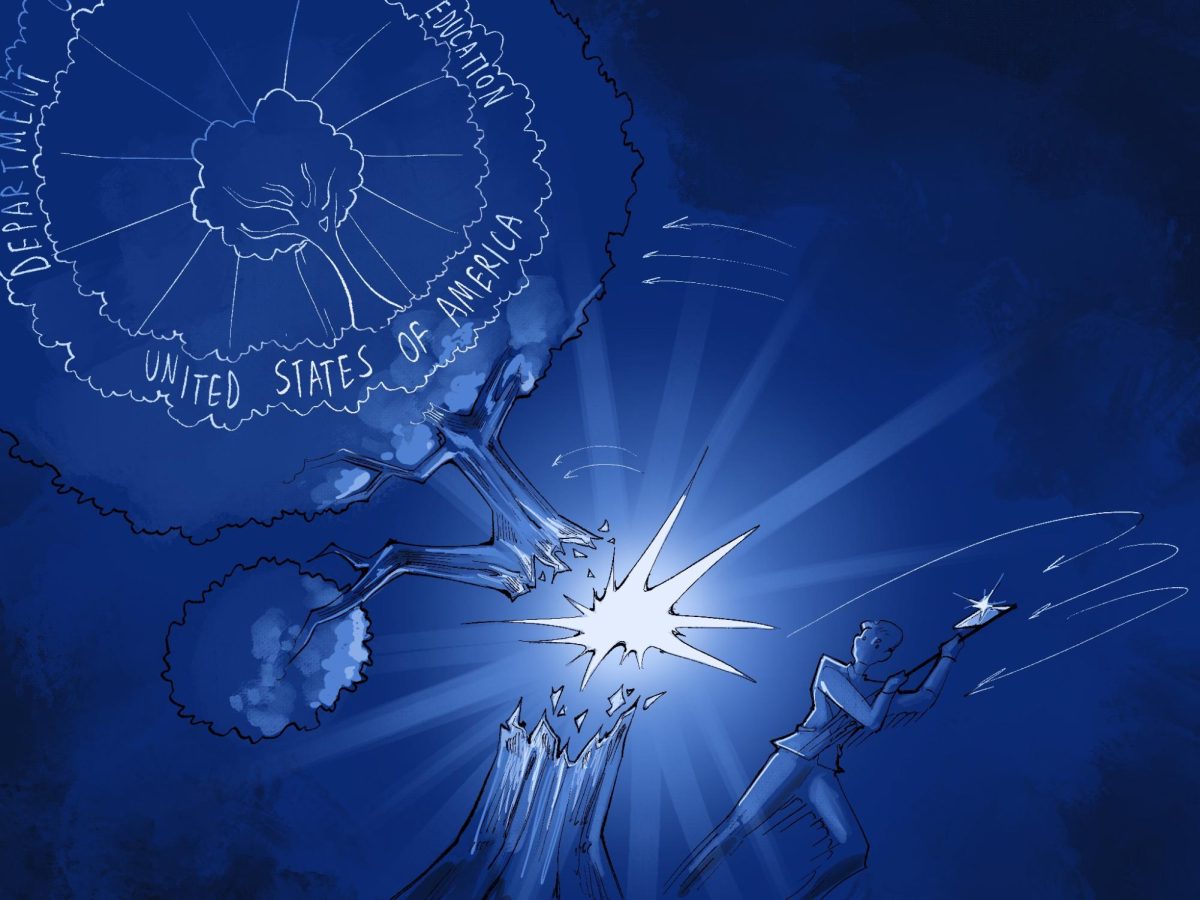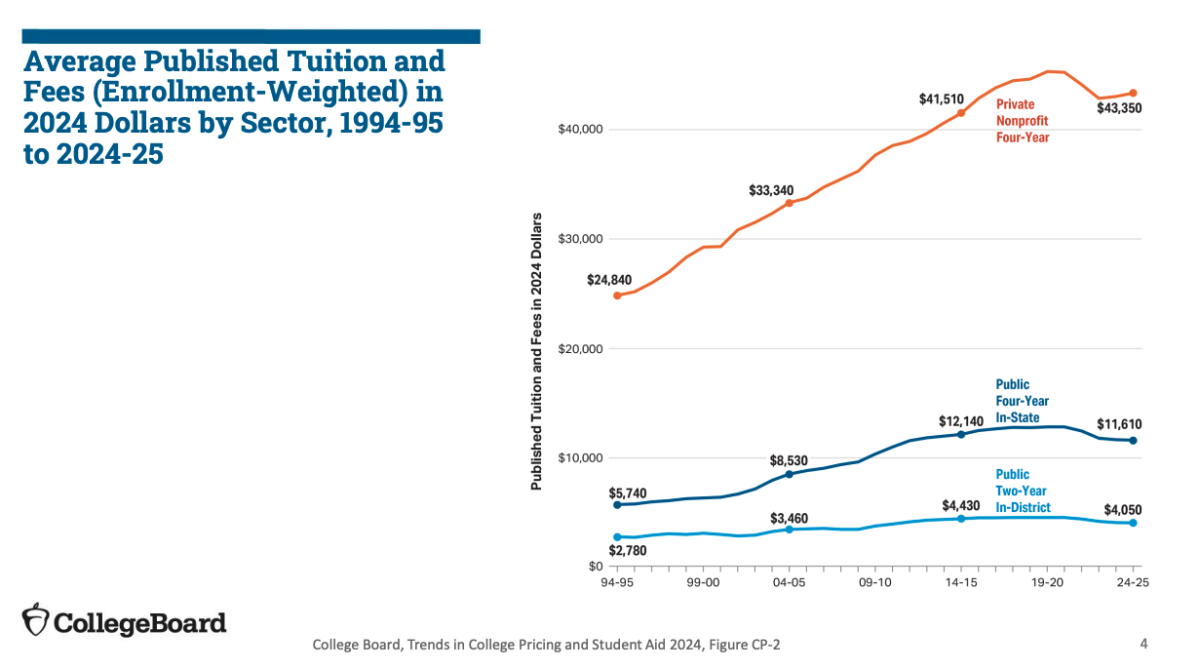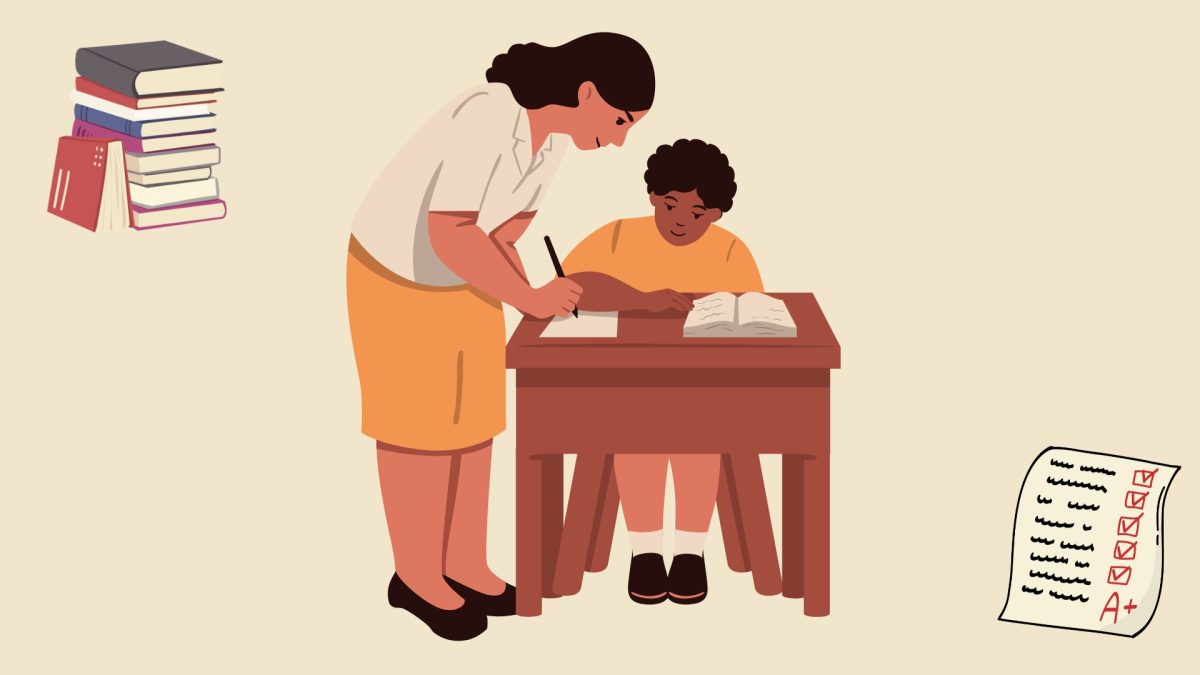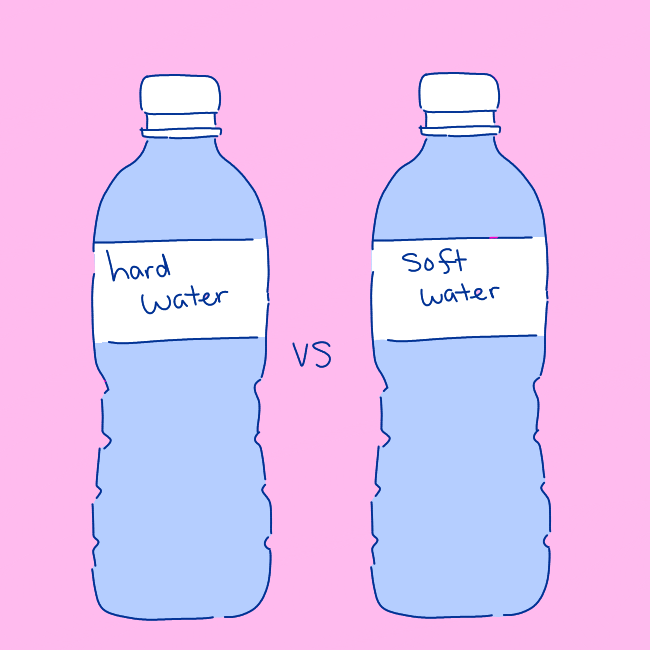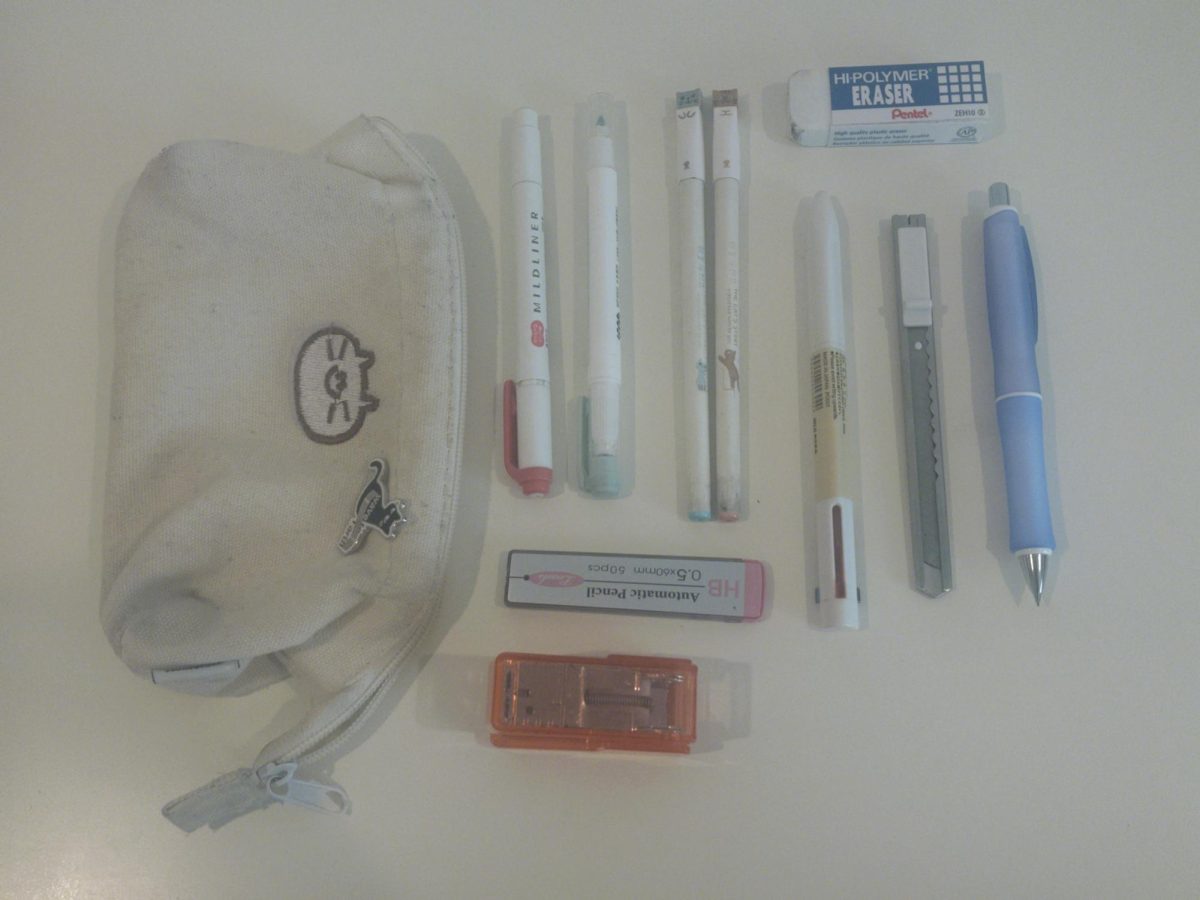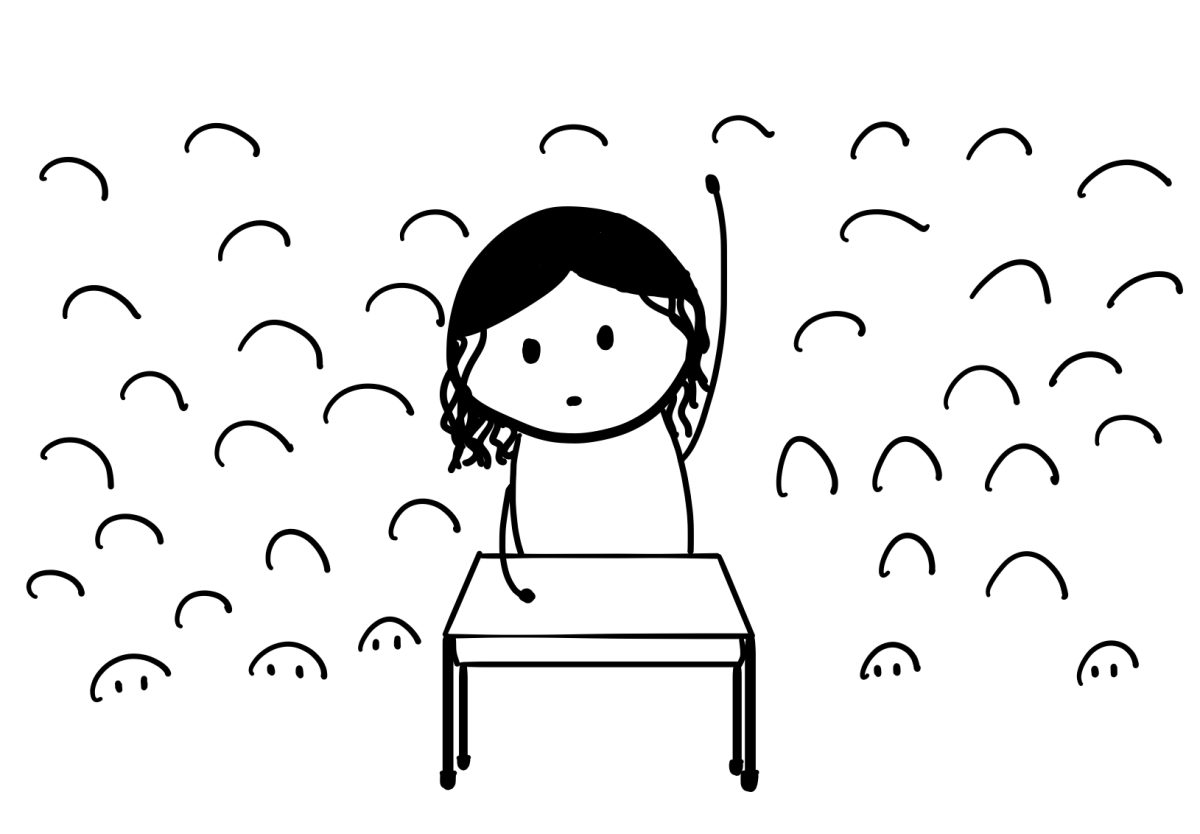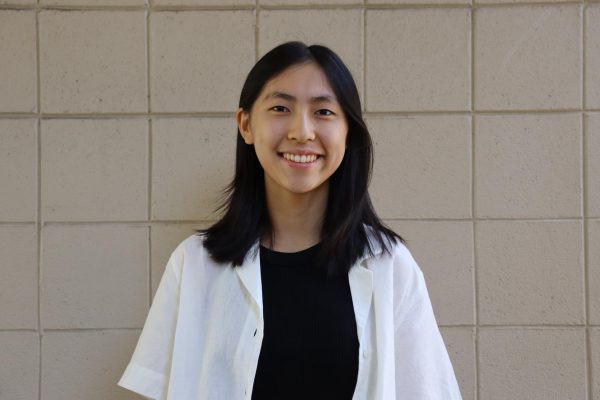Desks screech across the floor as my AP US History, or APUSH, class of 30 students forms a circle in advance of a student-driven Socratic Seminar. When the teacher says, “You can begin,” everyone jumps to talk first, and the room is a cacophony of half the class shouting for a good 10 seconds.
The chaos is because we must make between two to three thoughtful contributions during the discussion to earn full credit, and everyone tends to get hung up over how many times they talk rather than the quality of their contributions. The chaos is also because the class is so large.
I remember the days when my classes had at most 22 students, such as World Geography or even English 9. Now, however, I have some classes like APUSH or AP Environmental Science with 30 or more students — and the environment is entirely different.
Classes where participation and discussions are emphasized, such as English or history, work better with a smaller class size of around 20 students. On the other hand, sizes don’t have as great of an impact on classes that are more lecture-based, such as chemistry or math.
Looking at all the different subjects, I would put my ideal class size around 23. Thirty is a tipping point where classes can be noisy and ineffective, even during lectures. In my own experience, I’ve found that I’ve been able to talk to the teacher more often and get more helpful feedback with a class size of 23-25. And, because there are fewer students and usually more time, more questions are asked than notes being furiously scribbled down.
Smaller classes also allow teachers to dedicate more individual attention, thus increasing students’ confidence, which leads to increased participation, higher test scores and a better understanding of the topic. Smaller class sizes will also allow closer teacher-student interactions. For example, if teachers aren’t overwhelmed by stacks of grading, which is the norm in many classes, they can focus on giving more individualized and in-depth feedback. In some cases, with larger class sizes, teachers aren’t able to assign certain assignments that would be as beneficial for the students’ learning.
Nationally, the average teacher to student ratio in K-12 public schools is about 1:15 students, according to the National Center for Education Statistics. Saratoga High School has a ratio of 1:28, which is above California’s 1:22.
According to principal Greg Louie, core subjects such as English, Math, Science, Social Sciences and World Languages are prioritized to be no more than 30 students per class.
Most recently, the math department has seen issues with ballooning class sizes because of the frequent drops when students overreach in their class selections. Last semester, one Algebra 2 class already had 36 students, and when there were new enrollees, the district had to create another class section and provide the school with an additional 0.2 FTE or “Full Time Equivalent,” which measures the total number of teachers working full time in hours. Math teacher Seema Patel has ended up teaching that additional class. She now has six classes whereas the full-time load for teachers is five.
But this class size issue isn’t new. Saratoga High has consistently been struggling with balanced class sizes for the past few years, including having to combine classes such as Journalism 1 and Yearbook when signups for them dropped. Drama, art and some foreign language classes have also struggled to hit the district-mandated 25 students per class sign-ups target for electives and needed to combine classes.
The purpose of schools is to provide a safe and nurturing environment for students to maximize their potential. This is less possible if peers are competing with 30 or 35 other students for the teacher’s time and attention.
With a trend of declining enrollment, if the number of teachers stays the same, then class sizes will naturally get smaller. It may not be plausible for a budget-conscious district to hire more full-time teachers or replace every teacher who retires or leaves, but smaller classes should be a higher priority. Even if many students sign up for a certain course, if it’s done so early on in the year, the goal should be to make classes the right size and reduce the chaos and disruption of overstuffed classrooms.

